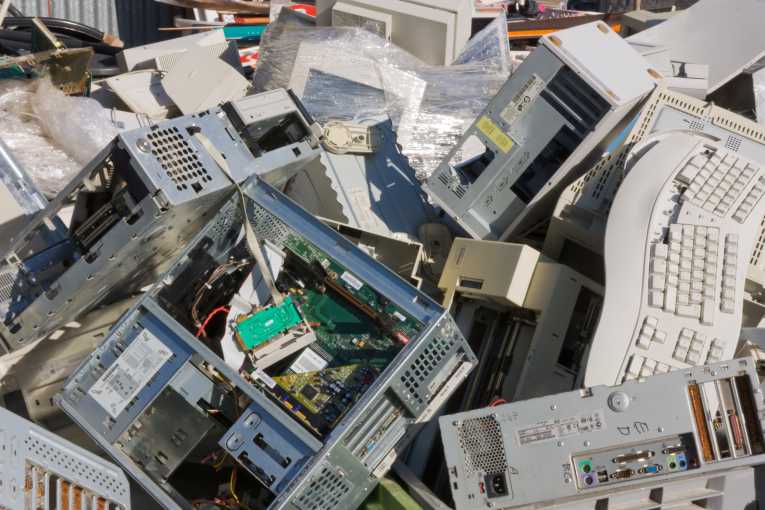Now, testing on samples from one of the major centers of e-waste processing - in the city of Taizhou in Zhejiang province, China - has demonstrated that the perils of pollution from the e-waste are all-too-real. The results are published in the latest edition of Environmental Research Letters.
E-waste, consisting of everything from redundant cell phones and computers, to out-of-date televisions and printers, is produced in vast quantities globally - some 20 million tonnes per year, according to some estimates. And with the price of commodities soaring, the profit from the extracting the copper, gold, silver and palladium, locked up in electronic devices, can be considerable. But for maximum profit, the cheapest methods of extraction are used; meaning that the processing is shunted to some of the most unregulated parts of the world - including West Africa and Asia.
Taizhou is one of the biggest of such e-waste dumping grounds, home to hundreds of small workshops, for the hacking of valuable metals from the global electronic junk heap. The unfettered use of burning, acids and chemicals, release dangerous levels of persistent organic pollutants and heavy metals. In order to test the effects of these on human health, the researchers from Zhejiang University took air samples from the downwind of the city's e-waste processors.They then dissolved pollutants from the samples in water and organic solvents, and exposed cultured lung cells to them. Several tests were then run on the tissues. One was for the level of Interleukin-8 (IL-8), which is produced when the organs are undergoing dangerous inflammation; another was the concentration of Reactive Oxygen Species (ROR) which are known to damage cell tissues. Finally, the team, led by Dr Fangxing Yang, looked for a gene called p53, which is produced to help counteract damage to cell tissues.
It was found that both IL-8 and ROR concentrations were much higher, for cells exposed to both the water-soluble and organic-soluble pollutant samples. The highest p53 levels were produced when lung cells were exposed to pollutants dissolved organically.
The damage caused by inflammation and oxidation are known to cause p53 to be produced - but the study didn't see any obvious relationship between IL-8, ROR and p53, implying some other factor was at play.
But the results do imply serious consequences for the health of e-waste workers. Dr Yang said ''From these results it is clear that the 'open' dismantlement of e-waste must be forbidden with more primitive techniques improved. As the results show potential adverse effects on human health, workers at these sites must also be given proper protection.''
However Dr Yang also stressed the need to look further back up the processing chain for modern consumer goods. ''Furthermore, one must consider the initial manufacturing process of electrical goods and look to utilize more environmentally and human friendly materials in their production,'' he said.










